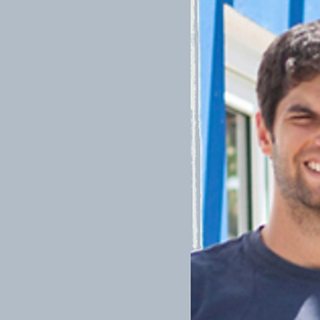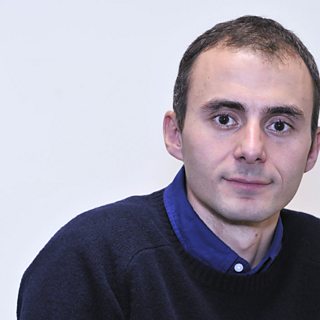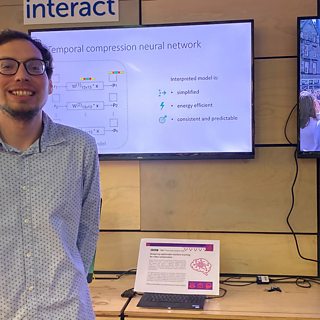The ±«Óãtv is famous for high quality content, stunning visuals and breath-taking pictures. How can we deliver this content at the highest possible quality to a huge number of viewers, including those with limited bandwidth?
Project from 2010 - present
What we're doing
The video coding team within ±«Óãtv R&D focuses on multiple aspects of video technology, with the general goal of supporting the delivery of high quality content to all ±«Óãtv audiences. Our audiences are consuming more and more video, demanding increasingly higher quality, using a variety of devices including TVs, smartphones, tablets and computers. New services such as Ultra High Definition (UHD) have arrived, with four times the detail as HD, and virtual reality experiences are becoming more popular. This creates new opportunities for content creators, and offers new experiences to audiences.
However, delivery of such services consumes a lot more data. Distributing all this data is very challenging and requires compression. Achieving such compression is really difficult though as compressed content needs to be viewed on a variety of devices made by different manufacturers. This is why we need video compression standards, which allow compressed content to be distributed and then decoded by anyone – ready to be displayed on the device of your choice.
To support this, ±«Óãtv R&D contributed to the development of the , a video compression technology far superior to its predecessors, capable of squeezing a large amount of data at very high quality into a small number of bits. is a video compression standard developed to deal with all this data, yet retain the high quality of new programmes, offering more than 50% reduction in bitrate compared to earlier technologies.
While HEVC is great for delivering high quality content with lower bitrates, compressing content in HEVC is not an easy task. The HEVC standard makes use of very complex tools, and allows encoders to select among a huge variety of options in order to always achieve the highest compression. This means HEVC compression can be very complex. In order to mitigate this, we have worked for several years on research and algorithms to make HEVC encoding faster, while retaining the quality and efficiency of compressed content. Working with partners, ±«Óãtv R&D launched the Turing codec, which can encode to HEVC quickly and efficiently, meaning it is a low cost but high quality solution. The Turing codec is open source, which is a really important way of working for ±«Óãtv R&D - sharing their knowledge and expertise with the wider industry for the good of the community.
In addition to this work, the video coding team is also looking into even newer and more advanced solutions to ensure the ±«Óãtv is future-proof in terms of delivering content to audiences. ±«Óãtv R&D is now researching and testing new and emerging video compression standards, like the royalty free , and the standard, which will replace HEVC in the coming years. In doing so, we are always striving to make our findings public, to share knowledge and to help move the industry in the right direction.
This work is being supported by core fundamental research, enabling new exciting ±«Óãtv services. We are researching new, advanced ways of performing compression based on Artificial Intelligence and content analytics, while also applying our findings to enable new content experiences, including the use of User Generated Content (UGC) in our programmes, delivery of content via future networks (5G), UHD, High Dynamic Range (HDR) and High Frame Rate (HFR).
- -
- ±«Óãtv R&D - H.265/HEVC vs H.264/AVC: Saving 50% of the bit rate
- ±«Óãtv R&D - Turing codec: open-source HEVC video compression
- ±«Óãtv R&D - Comparing MPEG and AOMedia
- ±«Óãtv R&D - Joining the Alliance for Open Media
This project is part of the Distribution Core Technologies section
This project is part of the Video processing for compression work stream









